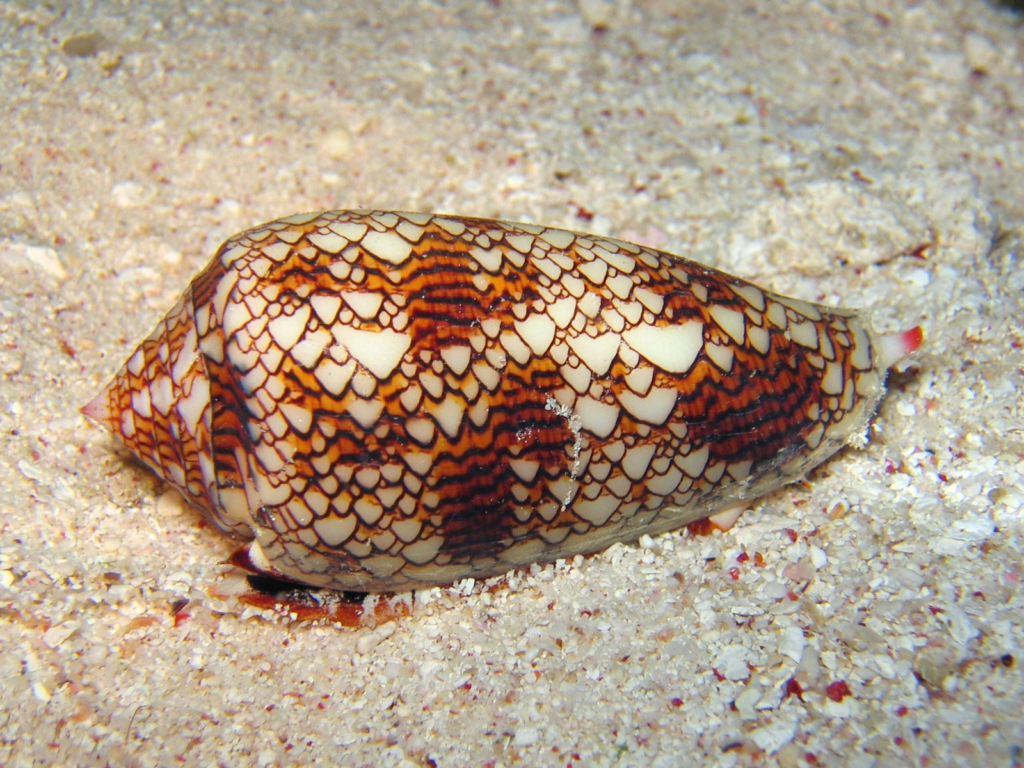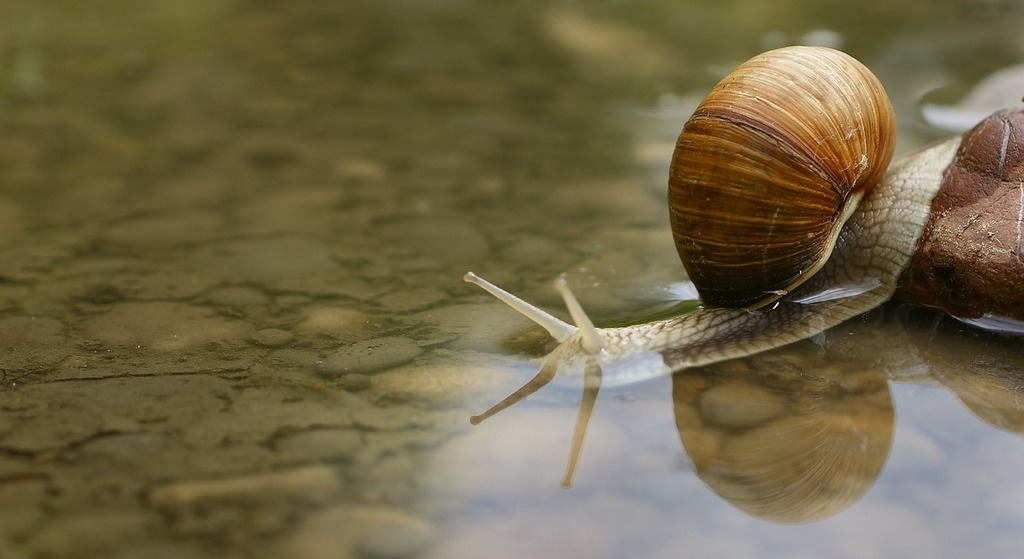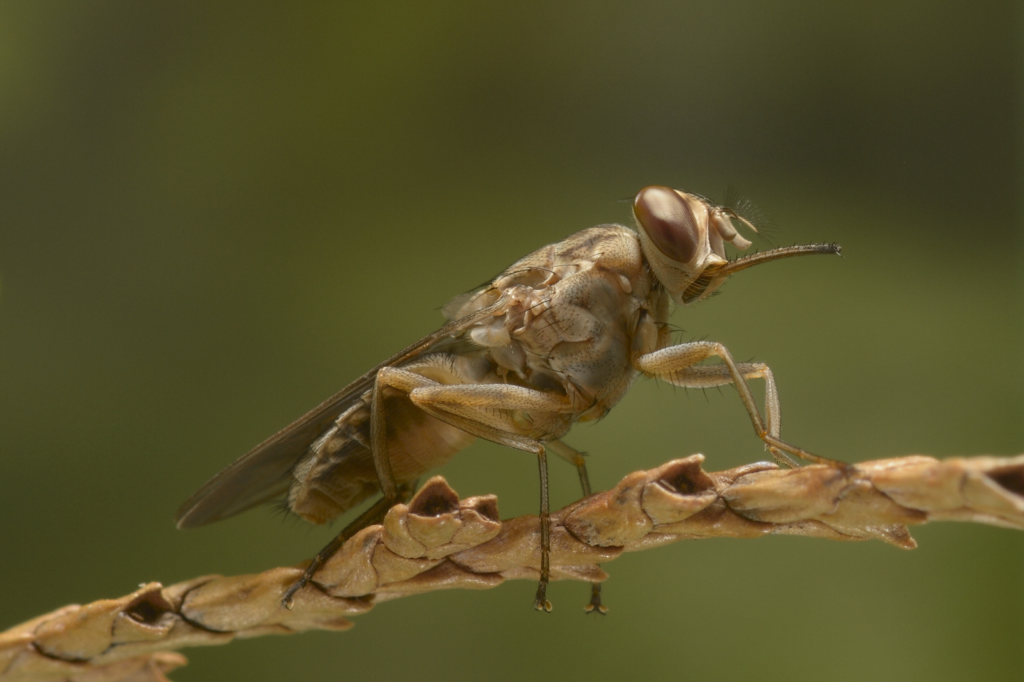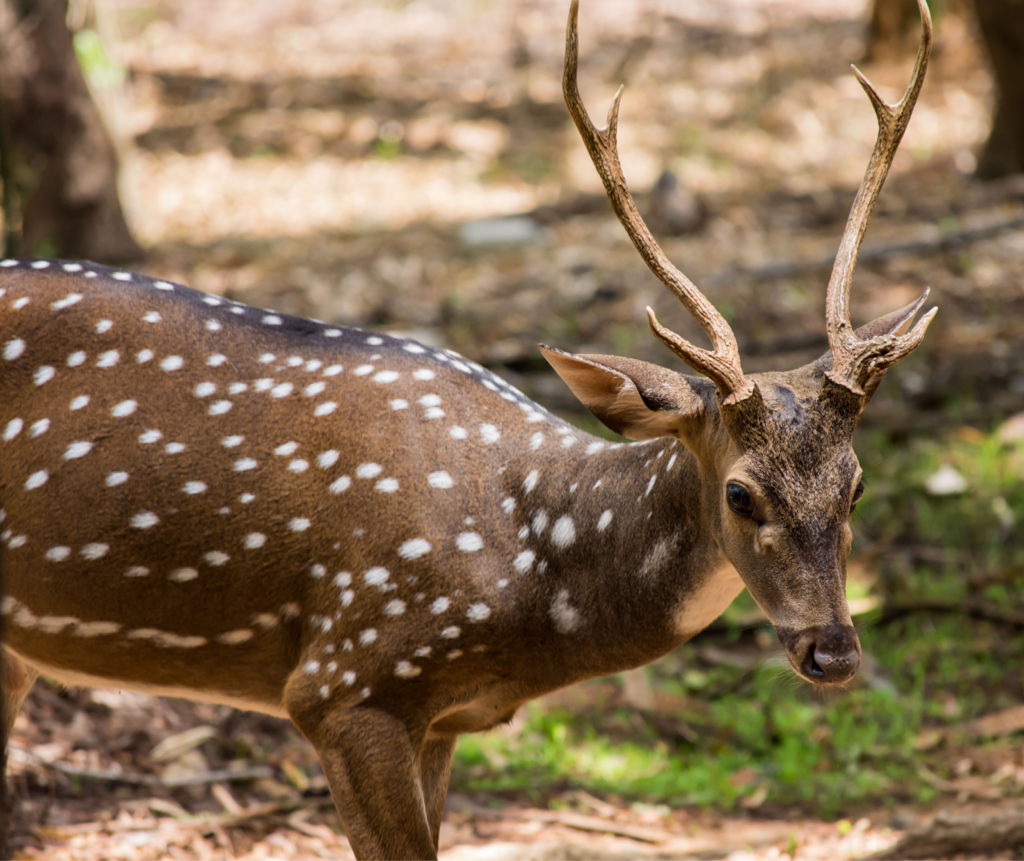When we think of dangerous animals, images of snarling lions or menacing sharks often come to mind. But the truth is far stranger: the creatures most likely to harm us often fly under the radar. Prepare to be amazed as we explore twelve surprising animals responsible for human deaths.
1. Blue-Ringed Octopuses: A Pretty, Lethal Package

Flickr
Don’t let their size or dazzling blue rings fool you. Blue-ringed octopuses are among the most venomous marine animals. Found in tide pools around Australia and Southeast Asia, their bite delivers a neurotoxin that can paralyze and kill a human in minutes. The venom, tetrodotoxin, blocks nerve signals, leading to respiratory arrest. What makes them particularly dangerous is their tendency to hide in plain sight, only flashing their blue rings as a warning. There is no antidote for their venom, making encounters with them potentially fatal. These creatures prove that the ocean’s deadliest threats often come in small packages.
2. Cone Snails: Deadly Jewelry of the Sea

Wikimedia Commons
They may look like gorgeous seashells, but cone snails pack a venomous punch. Found in tropical and subtropical waters, these tiny assassins use a harpoon-like tooth to inject venom capable of paralyzing prey — and humans. A single sting can lead to respiratory failure, and there’s no known antivenom. Their venom, called conotoxin, blocks nerve signals, making it impossible for muscles to contract. While they are not aggressive and typically strike only when handled, their potent defense mechanism makes them one of the most dangerous creatures lurking beneath the waves. Beachcombers should admire them from a safe distance.
3. Freshwater Snails: Silent Carriers of Disease

Picryl
Freshwater snails don’t sting or bite, but they’re indirectly responsible for tens of thousands of deaths annually. These snails carry parasitic worms that cause schistosomiasis, a disease that damages internal organs and impairs growth in children. Found in tropical regions, the disease spreads when people come into contact with contaminated water. Schistosomiasis affects over 200 million people worldwide, causing symptoms such as abdominal pain, diarrhea, and blood in the urine. Efforts to control this disease often involve improving sanitation and reducing exposure to infected water sources. Despite their small size, these snails have an outsized impact on global health.
4. Tsetse Flies: Africa’s Deadly Buzz

Wikimedia Commons
Resembling a housefly, the tsetse fly transmits sleeping sickness, a parasitic disease that’s fatal without treatment. Native to sub-Saharan Africa, these flies inject parasites into the bloodstream with their bite, causing fever, headaches, and neurological damage. Left untreated, sleeping sickness progresses to confusion, poor coordination, and ultimately death. The disease poses a significant threat to rural communities and livestock. Control methods include trapping flies and treating infected individuals. Though their bite may seem like a minor inconvenience, the tsetse fly’s role in spreading disease makes it a formidable adversary in the fight against tropical illnesses.
5. Assassin Bugs: The Silent Kiss of Death

Flickr
Also known as “kissing bugs,” these insects are carriers of Chagas disease, a potentially fatal illness common in Latin America. They earn their nickname from biting humans near the mouth while feeding on blood. The real danger comes from the parasites they transmit, which can cause severe heart and digestive issues. Chagas disease often goes undiagnosed in its early stages, allowing it to cause long-term damage over years. Efforts to combat this disease include improved housing and pest control measures. Assassin bugs may not be large, but their ability to silently spread life-threatening parasites earns them a spot on this deadly list.
6. Golden Poison Dart Frogs: Tiny but Terrifying

iStock
Native to Colombia, these tiny, brightly colored frogs are one of nature’s most lethal creatures. Just touching their skin can transfer enough poison to kill 10 humans. Indigenous tribes have long used their toxins to coat hunting darts, hence their name. The poison, known as batrachotoxin, disrupts nerve signals, leading to muscle paralysis and heart failure. Despite their deadly nature, golden poison dart frogs are not aggressive and pose no threat unless touched. Conservation efforts focus on protecting their rainforest habitat, which is under threat from deforestation. These frogs are a stark reminder of the deadly surprises found in nature’s smallest packages.
7. Pufferfish: Deadly Delicacy

Flickr
While often considered a gourmet treat in Japan, pufferfish (or fugu) contain tetrodotoxin, a poison 1,200 times deadlier than cyanide. A poorly prepared meal can lead to numbness, paralysis, and death. Tetrodotoxin affects the nervous system, causing symptoms within minutes of ingestion. Chefs who prepare fugu undergo rigorous training to ensure they remove the poisonous parts. Despite the risks, many diners are drawn to the thrill of eating this dangerous delicacy. Pufferfish are a stark example of how humans sometimes flirt with danger in pursuit of unique culinary experiences. Handle and consume these fish with extreme caution.
8. Box Jellyfish: The Ocean’s Invisible Killer

Wikimedia Commons
Drifting through the waters of the Indo-Pacific, the box jellyfish’s transparent body hides its deadly secret: tentacles armed with venom that attacks the heart and nervous system. A sting can kill in minutes, and even survivors endure excruciating pain. Box jellyfish venom contains toxins that cause cells to leak potassium, leading to cardiac arrest. Swimmers in affected areas are advised to wear protective suits to reduce the risk of stings. Though they appear fragile and harmless, these jellyfish are among the ocean’s most efficient predators, proving that danger often lurks in the most unexpected places.
9. Cassowaries: The Feathered Fighters

Animalia
Resembling a prehistoric velociraptor, the cassowary is a flightless bird native to Australia and New Guinea. While they’re shy by nature, they can deliver fatal kicks with dagger-like claws when threatened. These birds can grow up to six feet tall and weigh over 100 pounds, making them formidable opponents. Their sharp claws can inflict deep wounds, and they’ve been known to attack humans who venture too close. Despite their fearsome reputation, cassowaries play a vital role in their ecosystem by dispersing seeds. Their striking appearance and deadly defense mechanisms make them one of the most fascinating and dangerous birds.
10. Hippos: The Unpredictable Heavyweights

Flickr
Don’t be fooled by their docile, water-loving appearance. Hippos are highly territorial and surprisingly fast. Responsible for more human deaths in Africa than lions, these massive creatures can crush boats and humans alike with their powerful jaws. Hippos are known for their unpredictable behavior, charging at perceived threats with astonishing speed. Despite their herbivorous diet, they are fiercely protective of their young and their territory. Tourists and locals alike are advised to keep a safe distance from these formidable animals. Hippos are a reminder that even seemingly gentle giants can be among nature’s deadliest creatures.
11. Deer: Harmless? Think Again

Wikimedia Commons
Deer don’t attack people outright, but their role in deadly car accidents makes them a surprising killer. In the U.S. alone, deer-related collisions cause hundreds of deaths annually. These accidents often occur at night or during mating season when deer are more active. Efforts to reduce collisions include installing wildlife crossings and using reflective road signs. While deer are a beloved symbol of nature’s beauty, their presence on roads poses a significant risk to drivers. This unexpected danger highlights how even the most peaceful creatures can have deadly consequences under the wrong circumstances.
12. Dogs: Man’s Best Friend (with a Dark Side)

Wikimedia Commons
Dogs may be our loyal companions, but they’re also responsible for tens of thousands of deaths each year due to rabies. In regions without widespread vaccination programs, stray dogs become carriers of this lethal disease. Rabies attacks the nervous system, causing symptoms such as fever, confusion, and aggression before leading to death. Vaccination campaigns for both dogs and humans have significantly reduced cases in many parts of the world. While most dogs pose no threat, the tragic consequences of rabies remind us that even our closest animal companions can sometimes pose a risk.


